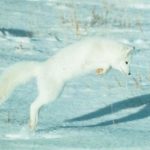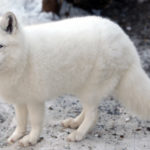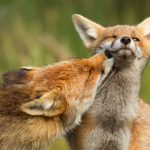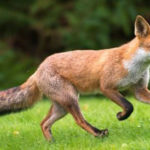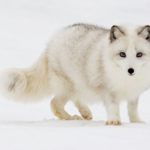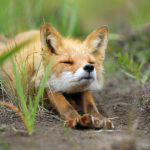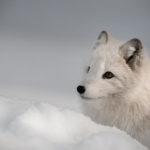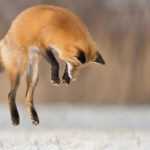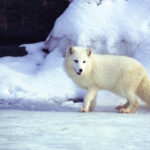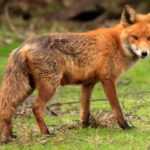27 interesting facts about Arctic fox
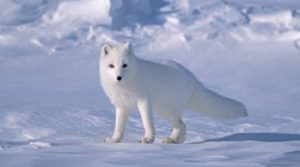 The Arctic Fox is a not only interesting but also extremely cunning animal. It perfectly adapted to life in the conditions of the Far North, learning to survive where it would seem almost impossible. The main threat to foxes in the modern world is poachers who ruthlessly hunt these animals because of their hides covered with warm, soft and surprisingly beautiful fur.
The Arctic Fox is a not only interesting but also extremely cunning animal. It perfectly adapted to life in the conditions of the Far North, learning to survive where it would seem almost impossible. The main threat to foxes in the modern world is poachers who ruthlessly hunt these animals because of their hides covered with warm, soft and surprisingly beautiful fur.
On average, they weigh 3-3.5 kg, but sometimes they reach an impressive weight of up to 8-9 kg.
White and blue foxes actually belong to the same species, but differ in coloring.
Outwardly, the fox resembles a fox, but these animals bark like dogs. This is not surprising if we consider that they belong to the genus of canids.
In winter, when especially severe frosts occur, Arctic foxes usually migrate to the south, remaining, however, in fairly cold regions.
They live in pairs, but break up for the winter, as alone it is easier for them to feed themselves than the two of them.
Scientists have found that Arctic Fox starts to really suffer from cold only at temperatures below -70 degrees. No one set up cruel experiments for this, they simply studied the unique heat exchange system of this predator.
In summer, white foxes darken, as this color allows them to better disguise. At this time of year, it is difficult to call them a “snow fox”.
Most of the global population of Arctic foxes lives in Russia. In nature, these animals are found only beyond the Arctic Circle, on the shores and islands of the Arctic Ocean.
Their natural disguise system is amazingly accurate. If the snow in their habitat is not perfectly white, but rather grayish, their wool also changes shade in order to better blend with the environment.
Arctic foxes build branched burrows, and regularly expand and clean them. Some of these underground settlements for several centuries, and they have up to a thousand rooms and 100-150 exits.
The amount of available food directly affects how many cubs the female of this predator brings. If there is enough food, up to 25 puppies can be born, which is an absolute record among all mammals.
Arctic foxes are mainly inhabited by tundra and forest tundra, and feed mainly on rodents and other small animals.
Arctic foxes often die from exhaustion if they do not have time to accumulate body fat in a short arctic summer.
Despite the fact that they are predators, these polar foxes willingly eat berries and even carrion.
In times of hunger, Arctic foxes can slow down their metabolism almost doubled, and this does not affect their activity.
Their eyesight is average compared to other land predators, but the sense of smell and hearing are developed simply superb.
During pregnancy, female foxes do not hunt, protecting future offspring. At this time, the food they bring their males.
In the event of the death of the parents, the cubs rarely go unattended, since they are readily adopted by other animals with their own puppies.
Upon reaching about 4 months of age, the raised fox cubs leave their parents. The following year, they return to help their family with raising another offspring.
Polar bears often hunt foxes. At the same time, the latter themselves often keep close together to feast on the remnants of a bearish meal.
A large proportion of the fox diet is made up of lemmings. If the number of this prey is reduced, many predators can die of hunger.
During seasonal migrations, Arctic foxes sometimes cover a distance of up to 3-4 thousand kilometers.
Foxes are often hunted by birds of prey, in particular, golden eagles.
The surface area of the body of these polar foxes is very small in relation to its volume. That is why they practically do not freeze.
For the sake of sewing a single fur coat, people kill about 20 foxes.
In all of Iceland, the arctic fox is the only terrestrial mammal that lives in the wild.
Because of the warming, the usual red foxes migrate northward in search of food in recent decades, displacing foxes and competing with them for food.

